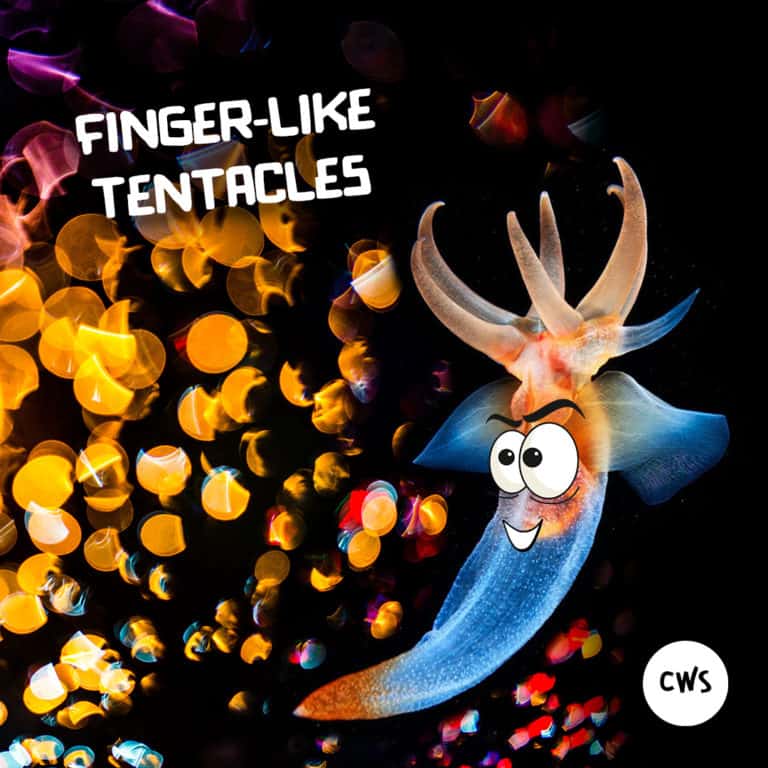
Sea Angel
By Joseph Miller | Jan. 28, 2020
Meet Clione Limacina—A carnivorous sea angel! As an adult this little critter—a pteropod—is just 1.6 inches long. But their mesmerizing colors and translucent bodies make them a favorite among researchers. Photographer and marine biologist Alexander Semenov captured this spectacular photo during a dive in Russia’s frigid White Sea.
.
We think it’s a little peculiar that this undersea critter is referred to as an angel. Why? Well, C. Limancina actually eats other pteropods for lunch!
.
Pteropods (from the Greek word meaning “wing-foot”) are pelagic sea snails and slugs. The two major clades of pteropods are sea butterflies with hard shells (Thecosomata) and sea angles without shells (Gymnosomata). Both types swim around the ocean with their wing-like flaps.
.
Although a member of the group Gymnosamata, a developing C. Limacina larva has a protective shell. Later the shell is discarded. As adults, the C. Limancina feeds almost exclusively on sea butterflies Limancina helincina and Limancina retroversa.
.
Clione Limancina’s feeding process has been called “somewhat extraordinary.” Their finger-like tentacles grab onto the shells of Limacina helicina. The sea-angels orients its prey so that the shell opening faces its radula. Next, C. Limancina grasps the body of its prey with its chitinous hooks. Finally, the sea angel extracts the body of sea butterfly from its shell and swallows it whole. Oh my! Normally, the sea angels feeding apparatus is hidden inside their body. We’d better watch out, then, because someone is lookin’ for lunch! Photograph by Alexander Semenov.
_ _ _ _
Sources:
Pteropoda: https://en.wikipedia.org/wiki/Pteropoda
Clione limacina: https://en.wikipedia.org/wiki/Clione_limacina
Pteropoda: http://coldwater.science/project/pteropoda